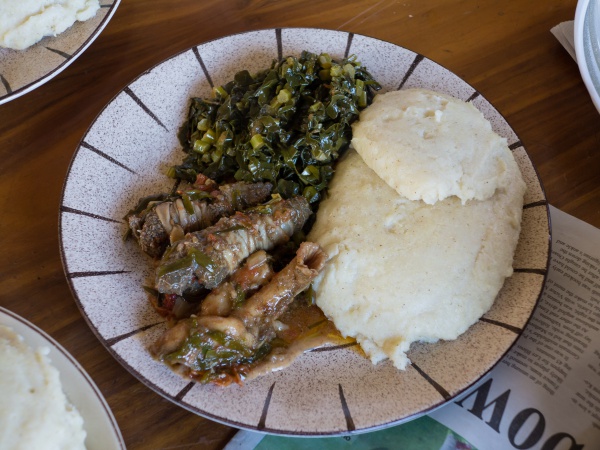Facts About Sadza
Ugali, a cherished staple in many African countries, is known by various names such as pap, nsima, and nshima. This maize flour porridge is a culinary cornerstone, prepared by cooking maize flour in boiling water or milk until it achieves a dough-like consistency. The term "ugali" is derived from Swahili, but its name changes depending on the region in Africa.
Maize, the primary ingredient, was introduced to Africa from the Americas during the 16th and 17th centuries and rapidly became an essential crop. Today, ugali is commonly served with stews or vegetables, making it a frequent meal for many households.
In Tanzania, ugali is referred to as "nguna" or "donee." In Kenya, it is often paired with sukuma wiki (kale) and is a household favorite. Ghanaians call it "Sagtulga" or "diehuo" and typically enjoy it with soupy sides. In Malawi and Zambia, nsima is made from maize flour and water and is served with proteins and vegetables. Meanwhile, in Nigeria, a similar dish called "akamu" or "ogi" resembles American pudding and is often eaten with moin moin (bean pudding) or akara (bean cakes). In South Africa, "pap" or "mieliepap" is a traditional maize meal porridge enjoyed with various accompaniments.
In Zimbabwe, the staple food is sadza, a cooked maize meal typically served with meat, vegetables, or sour milk. Ugali has culinary cousins beyond Africa as well, such as polenta in Italy and grits in the southern United States. Fufu, a starch-based dish from West and Central Africa, can also be made from maize meal. Other similar dishes include banku, isidudu, uphuthu, umpokoqo, and umngqusho.

 Zambia
Zambia